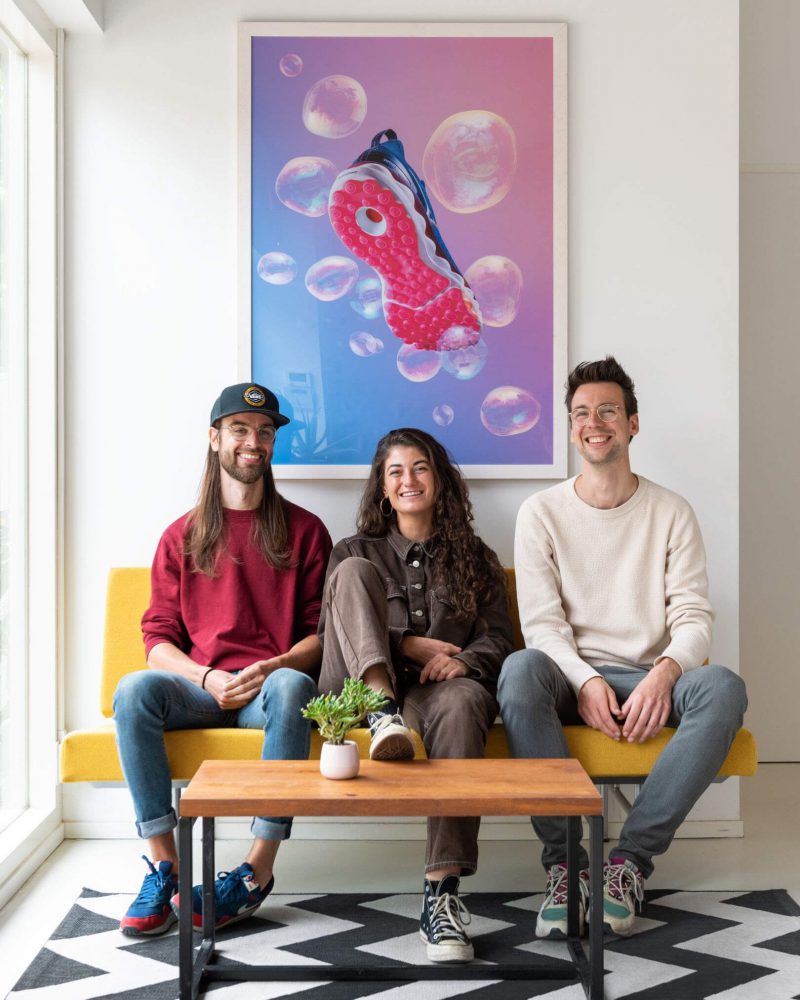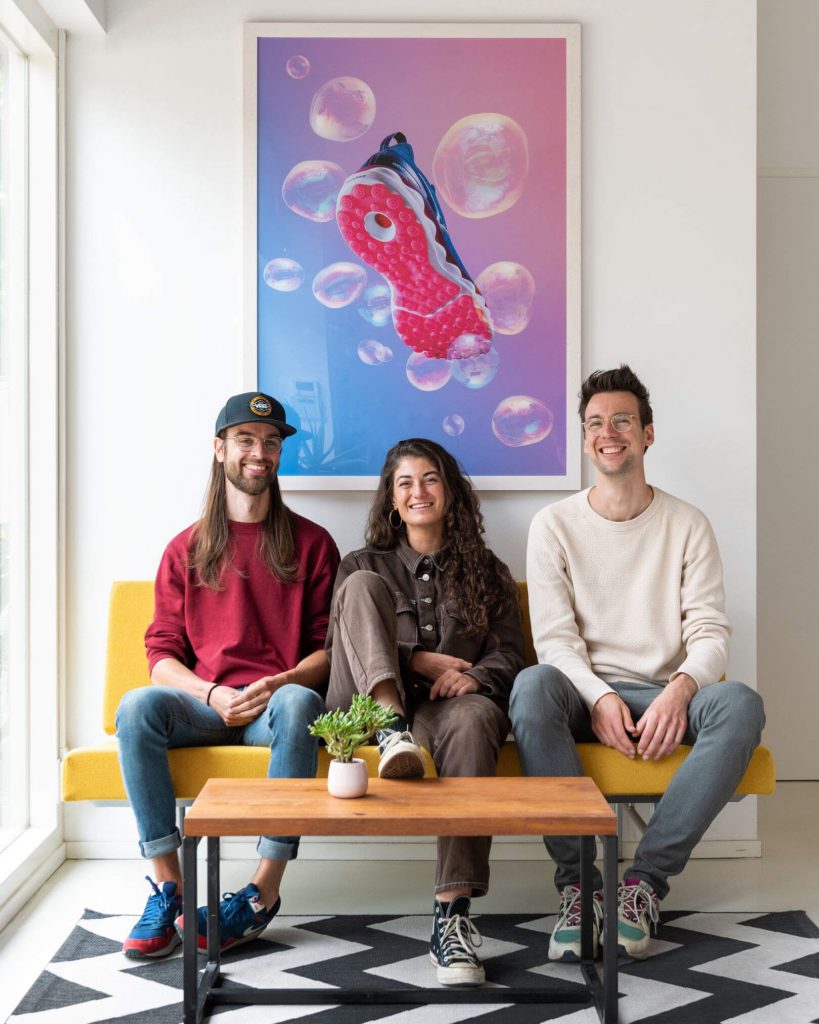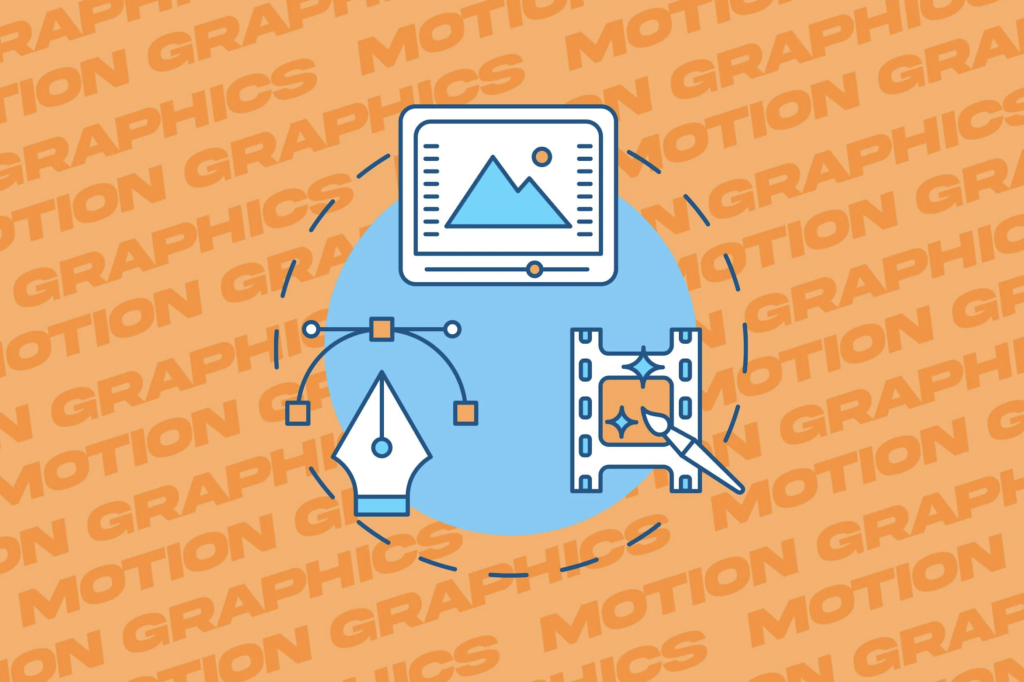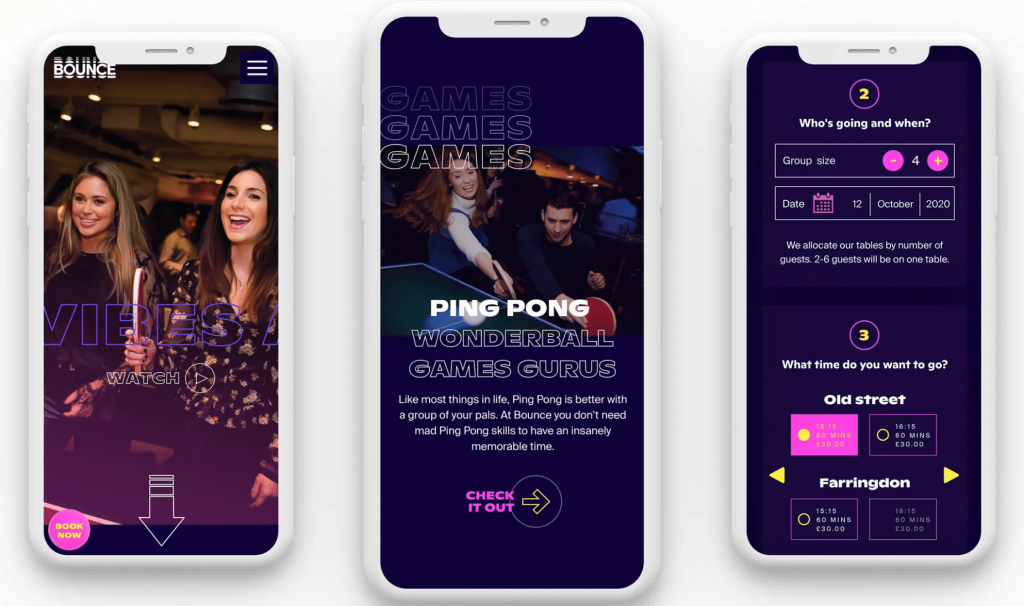When you think about all the brands you know and love, they probably all have one thing in common: the ability to tell a good story. Humans are innately drawn to stories—in fact, we’re hard wired to seek out and consume captivating narratives that reflect ourselves back to us—which is why, no matter what you’re selling, you won’t get far without a solid brand story. Your story is what makes you relatable to your target audience. Humanizing your brand in this way is essential to your overall marketing strategy because it serves to drive brand awareness, revenue growth, and encourages customer loyalty.
What is My Brand Story?
Your brand story tells your target audience how your product or organization came to be, the motivation behind your vision, and how that spark continues to drive your company’s mission. When done well, a carefully crafted story will encourage people to not only remember you (hello, brand awareness), but develop an emotional connection to you and ultimately care about you.
If you’re not sure where to start or you just want to brainstorm some ideas for your brand narrative, try asking yourself these questions:
- How would I describe my brand?
- What’s my brand’s purpose?
- What are my brand’s values?
- Who is my target audience?
- How do I want my audience to perceive my brand?
- How does my brand affect the world?
- What does my brand do differently or better than other, similar brands?
- What content related to my business, product, or service would interest my target audience, and how can I leverage that content to engage my audience?
- What are my brand mission, values, and personality, and how can I fuse them into my content/story?
- What type of story best shows off my brand and how do I best convey it?
Key Elements of an Effective Brand Story
From conceptualizing your brand story to actually telling it, keep in mind the following elements, some of which we’ll discuss in more detail below. Your brand narrative should be/do all of these things to one degree or another:
- Authentic
- Empathetic
- Attention Grabbing
- Relatable
- Consistent
- Aligned with Business Goals
- Utilizes User Generated Content
- Inspires Action
How Do I Tell My Brand Story?
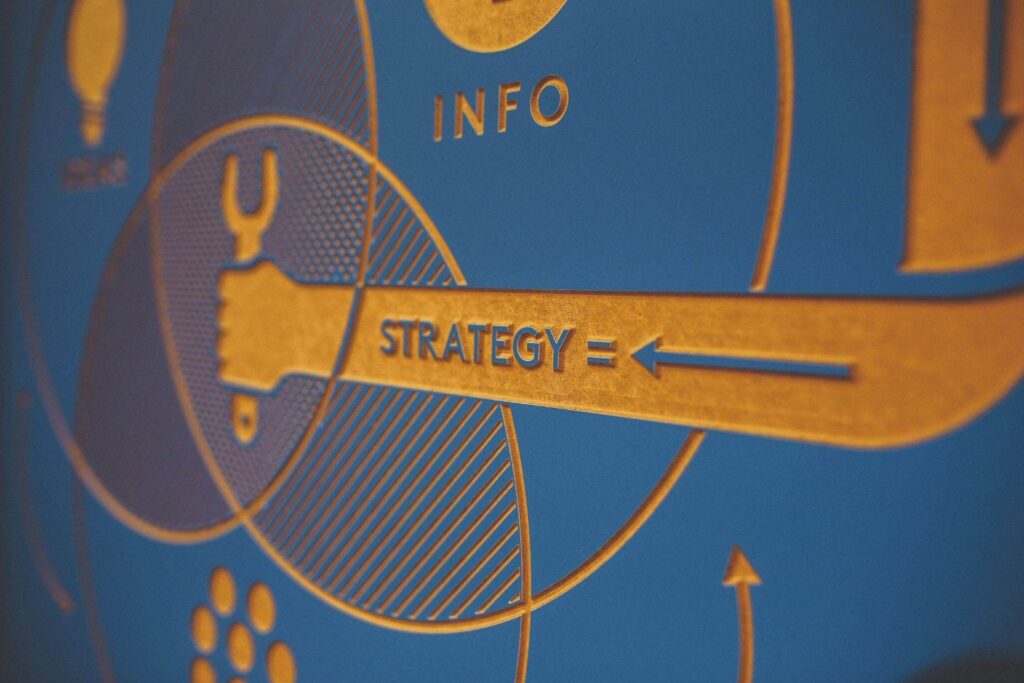
Your brand story starts as soon as you begin promoting your brand. It speaks to the service your brand provides, as well as its spirit, culture, and mission. It includes everything from your logo to your website to your social media presence. Further, when telling your story, you need to consider your brand voice, as this is just as important to the story as the story itself.
- Be Authentic, Consistent, and Bold. First and foremost, a good story is not boring. Especially in 2022, people are looking for connection, but they’re also looking for something to believe in. When telling your story, don’t be afraid to take risks, be vulnerable, and show the world exactly who you are. People relate to authenticity, which is how you’ll earn their respect. You’ll earn their trust by having a consistent message, which means considering how you represent yourself across all channels. Lastly, you’ll earn their affection through your ability to be creative in your storytelling and finding ways to connect with them emotionally.
- Know Your Audience. An effective brand story impacts your audience throughout their customer journey, which can be easily achieved through research. Want to persuade people to choose your brand? Learn what makes them tick. User research and data are the greatest tools at your disposal and you can gather this information by asking your audience direct questions in the form of surveys, reading their reviews, and observing their social media behavior. You can also gather data from newsletter metrics, as well as browser and purchase history. Knowing your audience will help you craft a better story, tailored to those you wish to connect with.
- Identify a Problem & Communicate How You Solve It. Your brand messaging is nothing with a reason to believe. If you want people to care, you need to offer them a solution to a problem that affects them. It can’t and shouldn’t just be any solution—it should be the best solution out there. Learning how to tell this story is an opportunity for competitor research.
- Create Your Persona. Effective brand storytelling makes use of a specific and consistent TOV (tone of voice), ideally, one that resonates with your audience. This will vary depending on the type of brand you are. Formal and authoritative language can help to build trust, so you might try this approach if you’re a large corporation catering to older generations. If you’re a new brand, targeting gen Z, on the other hand, opting for a casual and quirky TOV will likely serve you better.
- Connect With Your Community. Utilize your social media channels to foster a meaningful connection with your audience. These platforms make it easy to respond to feedback and interact with customers who go out of their way to interact with your brand. There are many ways to do this—for example, you can share images or videos on your story that customers have tagged your brand in, quote or repost positive customer reviews, and simply like and respond to comments—and it’s crucial in establishing a relationship with your customers.
Strategies for Better Brand Storytelling (Examples)
When establishing your brand’s story, it’s important to consider how your core values will be represented. Further, when implementing new marketing campaigns, which are essentially iterations of your core brand story, you’ll want to make sure they’re equally reflective of your brand values, while exploring new and creative ways to get people’s attention.
Headspace
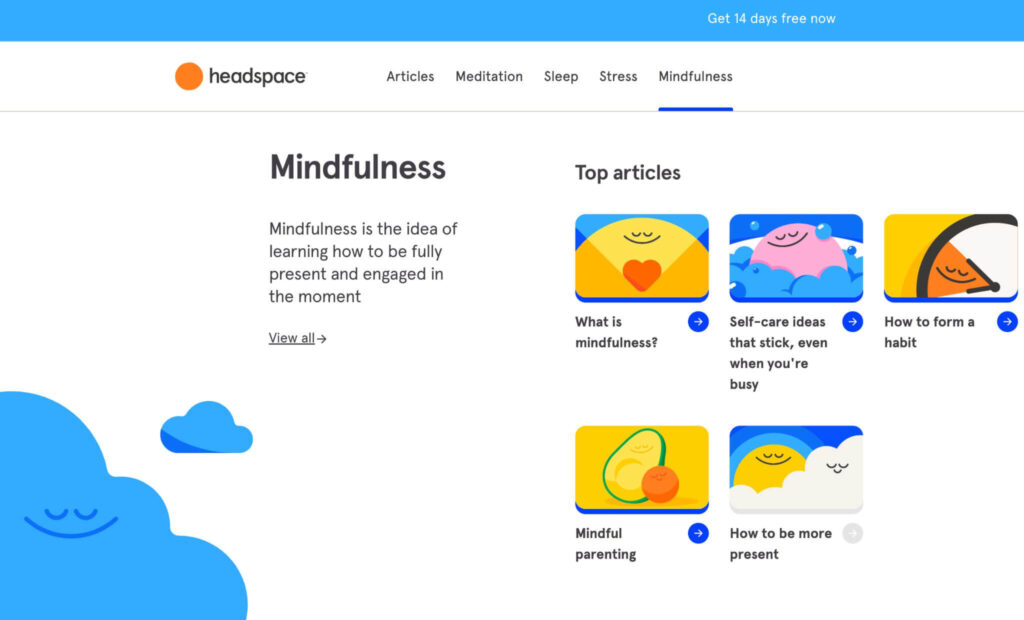
Headspace’s compelling brand narrative is a great example of skillful storytelling. The Headspace story and persona does a fantastic job at connecting with the people it serves, while reinforcing and promoting the brand’s mission and values in everything they do.
Headspace’s brand story is relatable, knowledgeable, supportive and inclusive.
- They acknowledge that everyone—regardless of background, race, gender, sexual orientation, location, etc.—experiences mental health challenges from time to time.
- They provide accessible solutions to these challenges within their app and in the form of web content, and they use inclusive language and diverse representation throughout their platform.
- They use a casual, comforting, and supportive TOV consistently throughout their channels, helping to reinforce their brand identity and build trust with their audience.
- They connect well with their audience by implementing a distinctive graphic design aesthetic. This visual storytelling translates well to their app-based platform, website, video content, and social media.
- As a guided meditation app, they’ve carefully considered the minutiae of audio storytelling as well, ensuring all audio is reflective of their brand narrative and personality—i.e., calm, soothing, encouraging, etc.
- Lastly, Headspace heavily relies on feedback from its audience to refine the user experience on the app, as well as keep up to date on mental health and wellness trends.
TOMS Shoes
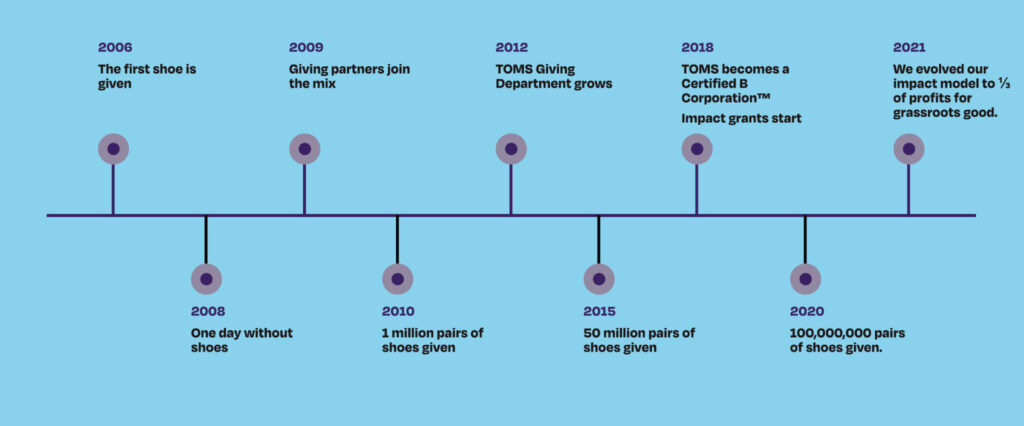
Since 2006, TOMS has served as a model for brand transparency and integrity. Their brand story has largely focused on giving back to the community and the world at large through their “buy a pair, donate a pair” initiative, and consumers can see this reflected in everything they do, from their website to their social media to the tags on their merchandise.
TOMS’ brand story is transparent, generous, and environmentally/socially conscious.
- They state that they’re “in business to improve lives,” and their website and social channels back that up with informative content about their various initiatives.
- They produce a yearly “Impact Report,” which is easily accessible and promoted on their website’s “Impact” tab.
- They give ⅓ of their profits to grassroots good™ to bring to life their vision of “a more equitable tomorrow” —i.e., one where all people have a chance to thrive.
- Their website is extremely transparent and detailed when it comes to the outreach they’re doing in the community, and they have evidence to support that work in the form of charts, stats, and photos.
- They break down, with content and visuals, how their product is made, its impact on the earth, and where they source their materials.
- Their TOV is informative, casual, and caring.
Hello Fresh
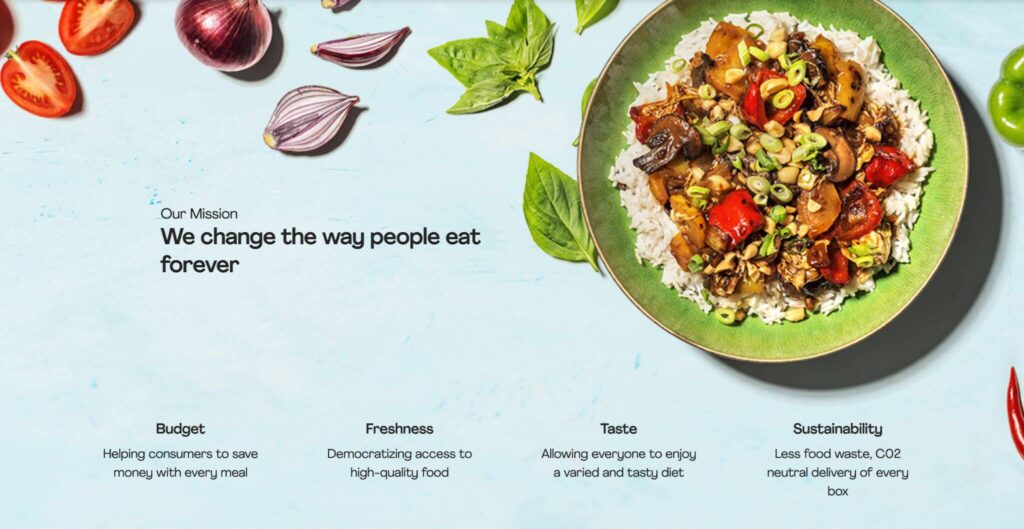
HelloFresh is one of the most popular meal box options available, and it’s no surprise. They’ve crafted a unique brand story that allows them to stand out among the competition, which is outlined on the corporate brand page in great detail, but that boils down to a few key core values and a mission to “change the way people eat forever.” HelloFresh positions themselves against other meal plans as accessible, budget and family friendly, fun, easy to make, versatile, convenient, and fast, which they drive home by way of recipe transparency, customer testimonials, and user generated content.
HelloFresh’s brand story is simple, fresh, delicious, and sustainable.
- They provide a step-by-step sign up process that’s as simple to follow as their many recipes.
- Their social media is transparent and representative of the meals they provide.
- They back up their claims with user generated content in the form of testimonials and shared photos of meals their customers have made at home.
- They have several ongoing initiatives, as well as an entire team devoted to sustainability—from packaging to responsible sourcing—food waste, social impact, and recycling, which are reinforced on their website, social media, packaging, and email campaigns.
- Fresh ingredients are highlighted throughout their online presence.
- They use a casual, informative, and upbeat TOV that doesn’t take itself too seriously, often infusing memes into their social media content to engage users of all ages and show their humorous side.
Takeaway
The majority of today’s consumers view their purchases and the brands they support as an extension of themselves—namely, their identity, values, and aspirations. They’re actively looking to understand a brand’s mission, and more than that, they want to be part of a community that shares their own values and sense of purpose.
This is why it’s so important to not only determine your story early on, but to reinforce it in every possible way through your various marketing pathways.
Your brand story should not only be apparent, but come alive in each of your content marketing efforts. It should translate across your website, blog, social media channels, and email newsletter, and stay true to your brand values, mission, and tone of voice. When done effectively, a well-crafted, well marketed brand narrative creates a lasting impression and is among the top ways to set your brand apart, establish an emotional connection with your audience, and with time, convert them into loyal customers that believe in your product.
–
If you have any questions about brand storytelling, content marketing, or how to implement a better storytelling strategy for your brand, let’s talk! Get in touch with BCDH to explore our full-service creative capabilities and discover how our team can help you meet your marketing goals.
–
–
Sources:
- How to Develop a Unique (& Memorable) Brand Identity in 2022 by Kathryn Wheeler for Hubspot
- What is brand identity? And how to develop a great one. by Deanna deBara for 99designs
- How to build your brand identity by Canva Blog
- Why Giving Back Can Increase Brand Loyalty and Benefit Your Business by GlobalOwls




